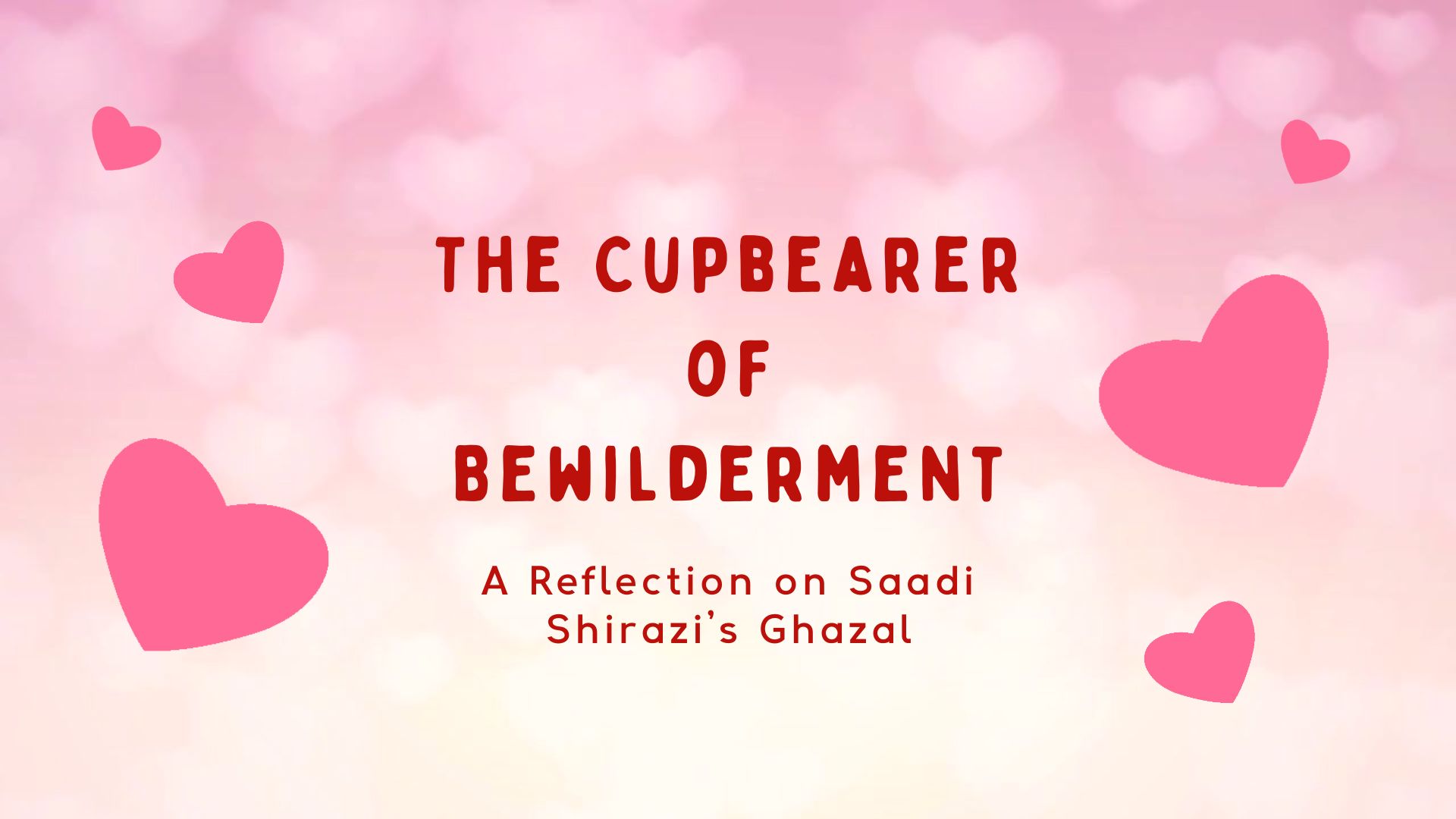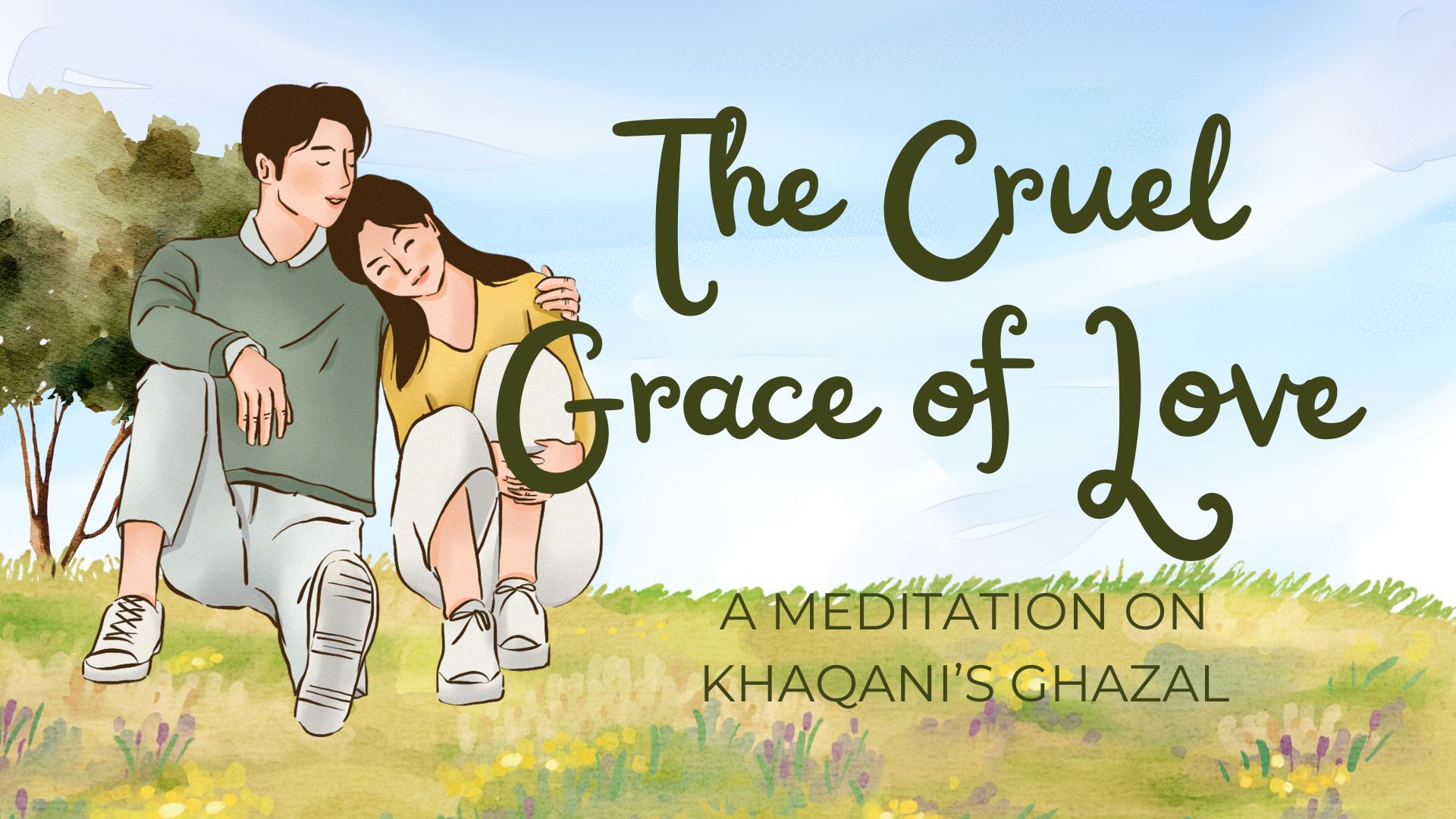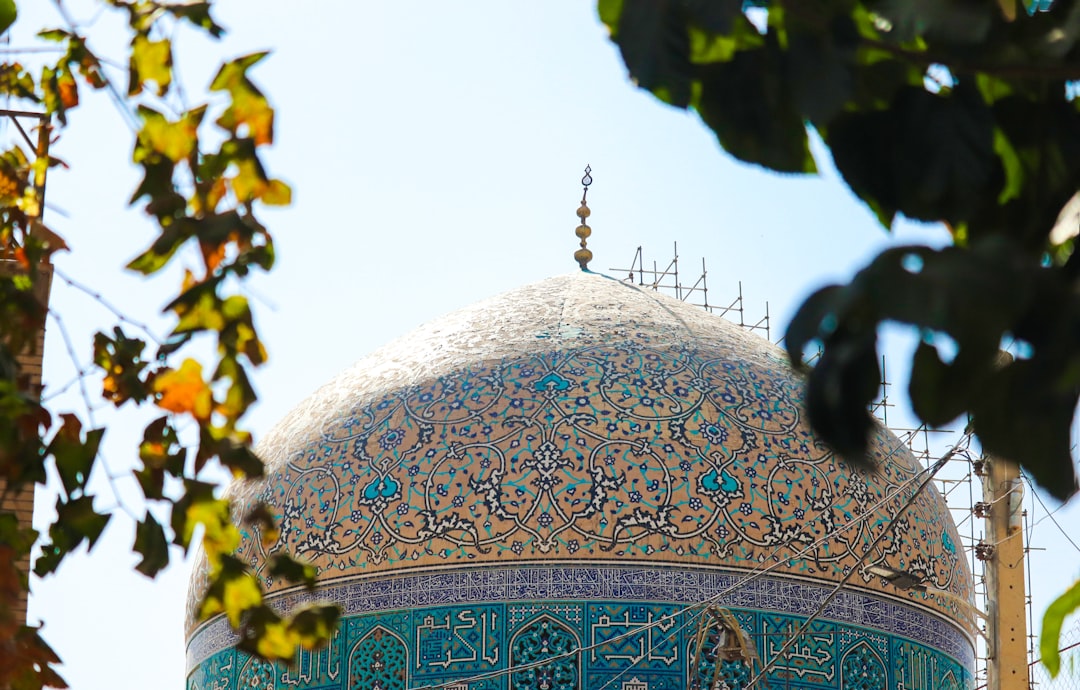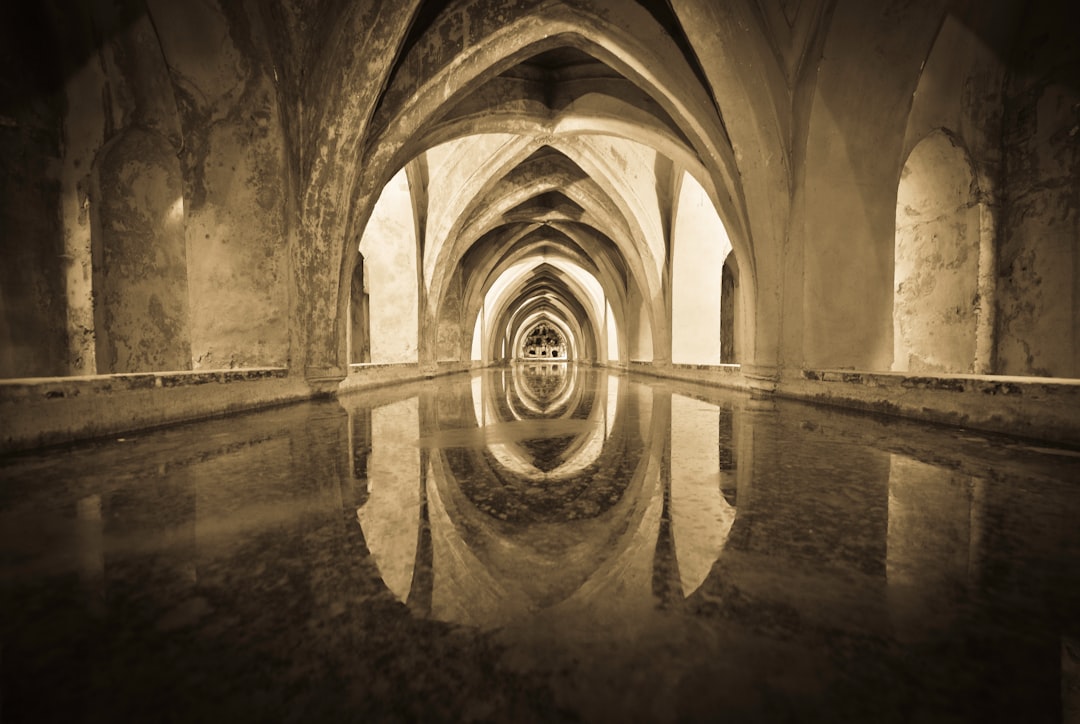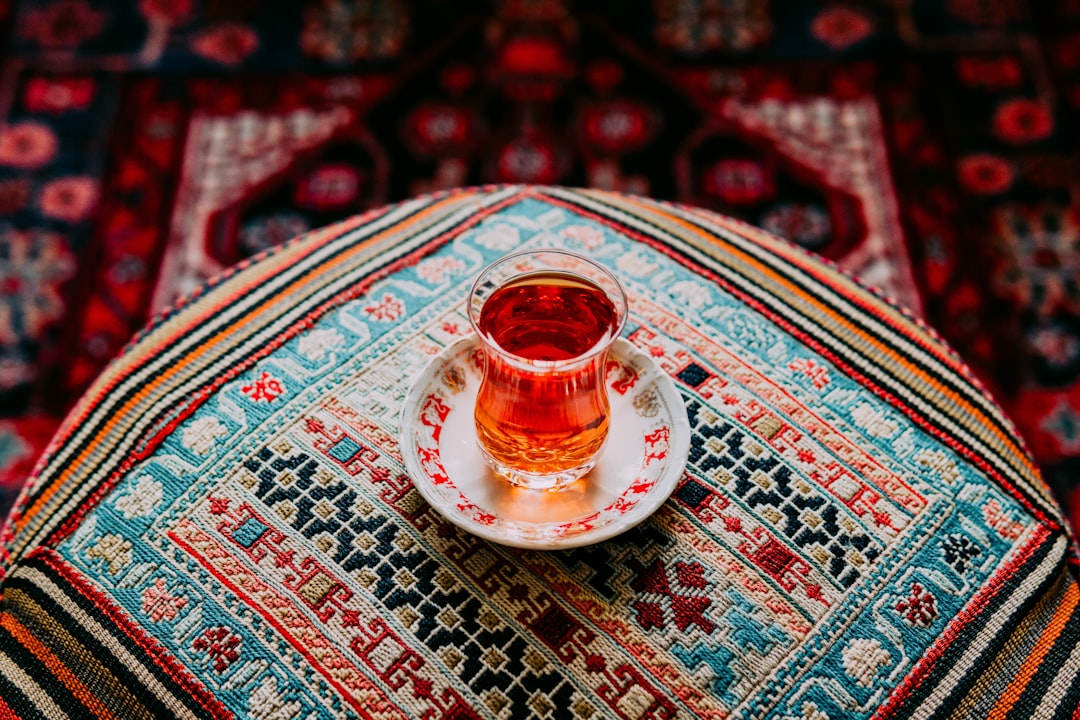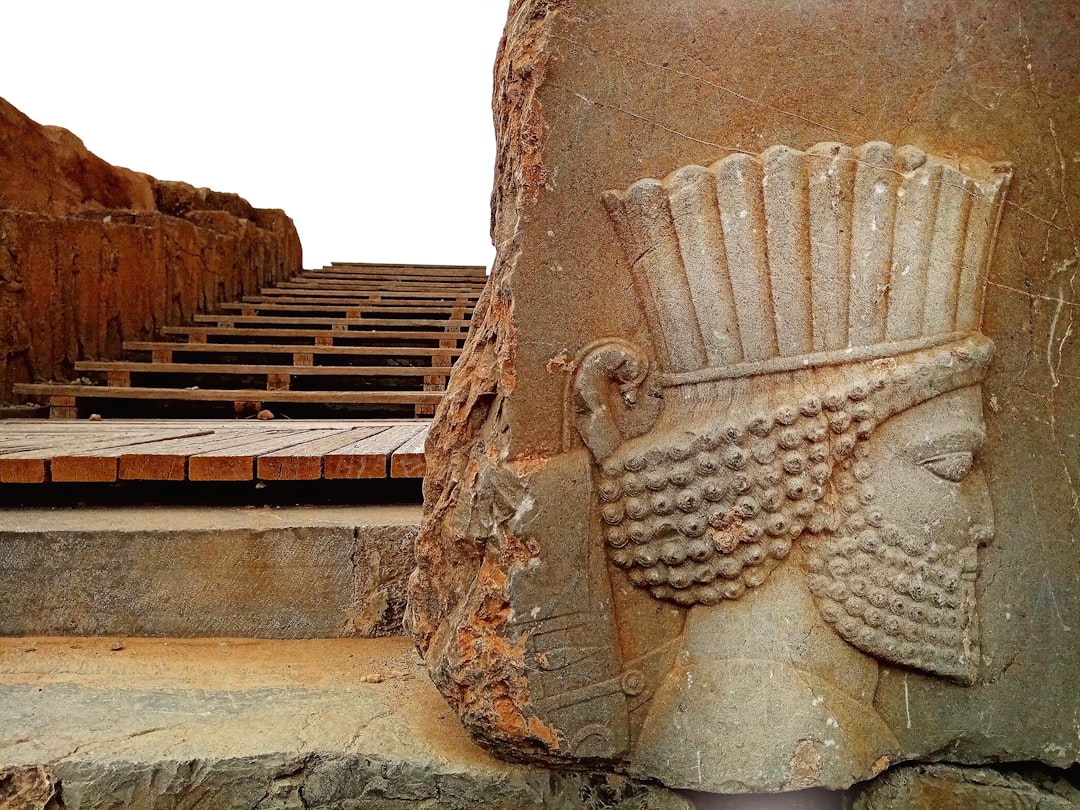The Cupbearer of Bewilderment: A Reflection on Saadi Shirazi’s Ghazal
This ghazal by Saadi Shirazi is a luminous example of how the Persian masters weave together sensual beauty and spiritual symbolism until the two become indistinguishable.
چه دلها بردی ای ساقی به ساق فتنهانگیزت
دریغا بوسهْ چندی بر زنخدان دلاویزت
خدنگ غمزه از هر سو نهان انداختن تا کی
سپر …
The Cruel Grace of Love: A Meditation on Khaqani’s Ghazal
This ghazal by Khaqani Shirvani is among his most poignant reflections on unrequited love, the cruelty of beauty, and the paradox of longing. It lives between human emotion and spiritual symbolism; a cry of the heart that becomes a meditation on the mystery of affection and pain.
طبعِ تو دمساز …
Between the Cup and the Heart: A Reflection on Love, Longing, and the Ghazal of Hatef Esfahani
There is a cup, passed from hand to hand, filled with wine that glows in the morning light.
In the gathering of lovers, one hand pours and another receives.
But not all cups are equal — not all hearts are chosen.
And in this difference, in this quiet injustice of …
A Longing Beyond Self: The Path of Inebriation in Rumi's Mysticism
The human soul is a boundless ocean, yet often, we live as though confined to a small, anxious puddle. We spend our days clinging to the shore of self, convinced our tiny identity is all there is. But there comes a point, a moment of profound recognition, when the …
Celebrating Omar Khayyam Day: A Tribute to the Persian Polymath on His 977th Birthday
Today, May 18th, 2025, marks the 977th birth anniversary of one of history's most brilliant minds – Omar Khayyam. Born in 1048 in Nishapur, Persia (modern-day northeastern Iran), Khayyam stands as a towering figure whose contributions span mathematics, astronomy, philosophy, and poetry. As we commemorate National Khayyam Day, it's …
Ferdowsi Day and the Shahnameh: Celebrating Persia’s National Epic
Every May 15 (25th of Ordibehesht in the Iranian calendar), Iranians around the world commemorate Ferdowsi Day – a celebration of Abul-Qâsem Ferdowsī Tusi (Ferdowsi) and the Persian language. This date also marks Persian Language Day, honoring Ferdowsi as “the most influential figure in Persian literature”. Born around 940 CE …
Grow Your social media Fast — With Socpeak.fun!
Are you looking to increase your visibility on Instagram, TikTok, or other platforms? With Socpeak.fun, you can instantly boost your followers, likes, views, and more — safely and affordably. Why choose Socpeak.fun? • Fast delivery • Real & organic-looking growth • Custom packages based on your goals • Trusted by …

